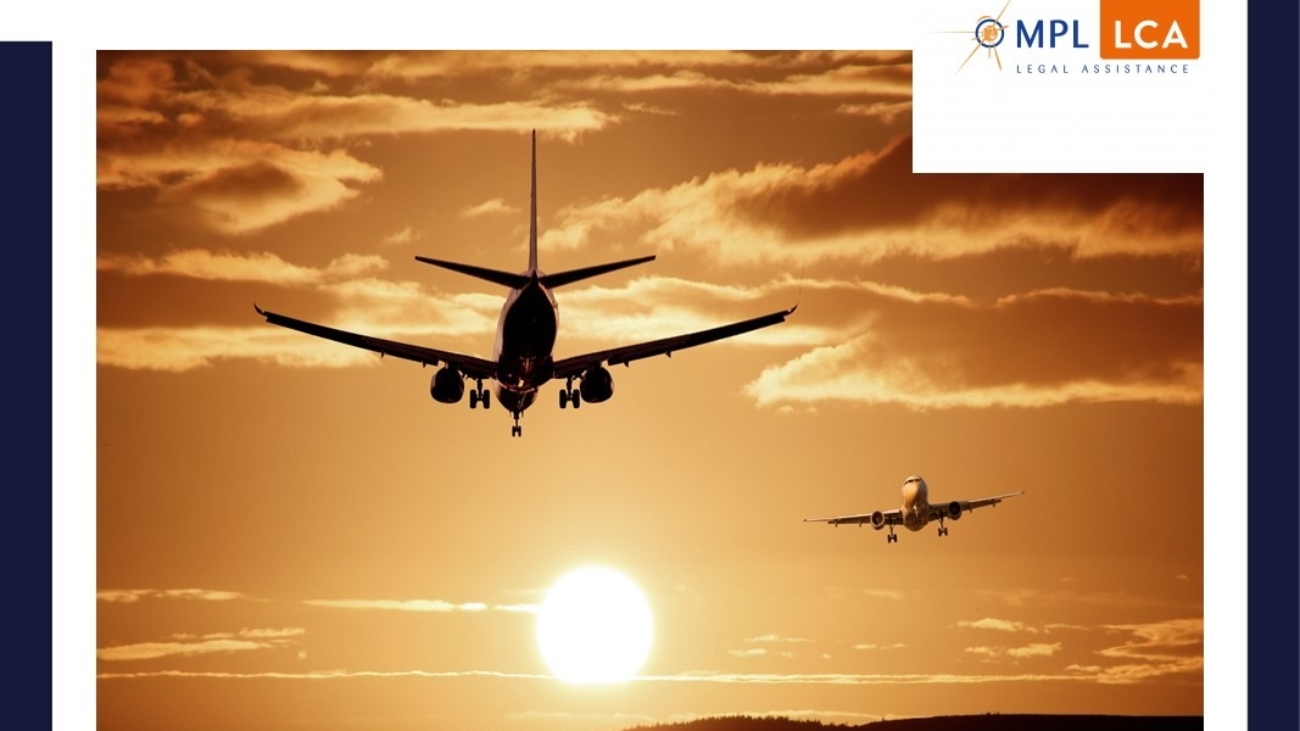January 26, 2022 – LCA Studio Legale, in the framework of its LinkedIn event On Air & on board, organised a meeting on air transport.
Davide Magnolia (Partner of LCA), Flavio Ghiringhelli (Country manager Italy of Emirates) and Alessandro Fidato (CFO of SEA Aeroporti) took part in the discussion dealing with the impact of the global supply chain crisis on the air transport sector, the reactions of the operators and the future of air transport.
Here are two interesting outlooks in the field of air transportation:
i) Airports management expect to recover to pre-covid levels by 2026. This is since both national and international restrictions make certain geographical areas of the world inaccessible, or at least not quantitatively reachable as before.
ii) Airlines, on the other hand, hope to return to pre-covid numbers as early as 2024.
Regarding the International Air Transport Association (aka IATA) “Fly Net Zero by 2050” programme, the speakers highlighted the commitment of the airlines, pointing out that today the environmental impact of an air flight, in terms of CO2 production, is about 50% less than in the 1990s. This represents an important starting point and underlines the engagement of the whole industry, including aircraft and engine manufacturers.
The 2050 sustainability target requires all operators to invest heavily in research and development. Nowadays SAF (sustainable aviation fuel) represents a key driver towards carbon neutrality. SAF is made by blending conventional kerosene (fossil-based) with renewable hydrocarbon, and more than 300,000 flights worldwide have already used SAF. Along with a reduction of environmental pollution thanks to its lifecycle sustainability, SAF offers more advantages: i) current aircraft engines are SAF-compatible; and ii) SAF can be produced in any part of the world reducing dependence on producing countries.
Meeting sustainability also requires developing innovative technologies such as new aircraft and electric or hydrogen engines. To achieve this goal, airport infrastructures must be ready to accommodate innovative technologies and facilities for the production, storage and delivery of new fuels, SAF first and then hydrogen later.
Future urban air mobility also involves innovative aircraft and new way of mobility, eVTOL is a fully electric means of transport suitable for short-distance trips, which will reduce travel time and consequently traffic and pollution. This aircraft is particularly pioneering thanks to its innovative vertical take-off and landing system, it is currently in the process of ATA’s certification and will be fully operational at Milan airports by 2025, with the aim of offering transport services during the Milano-Cortina 2026 Olympics.
Thanks to the conversion of passenger aircraft to cargo, many airlines have started to approach air freight as an asset in the current pandemic period. Increased demand from airlines and the drive of manufacturers to develop new models are therefore elements that make it worth following the development of this specific sector of the industry in the coming years.

